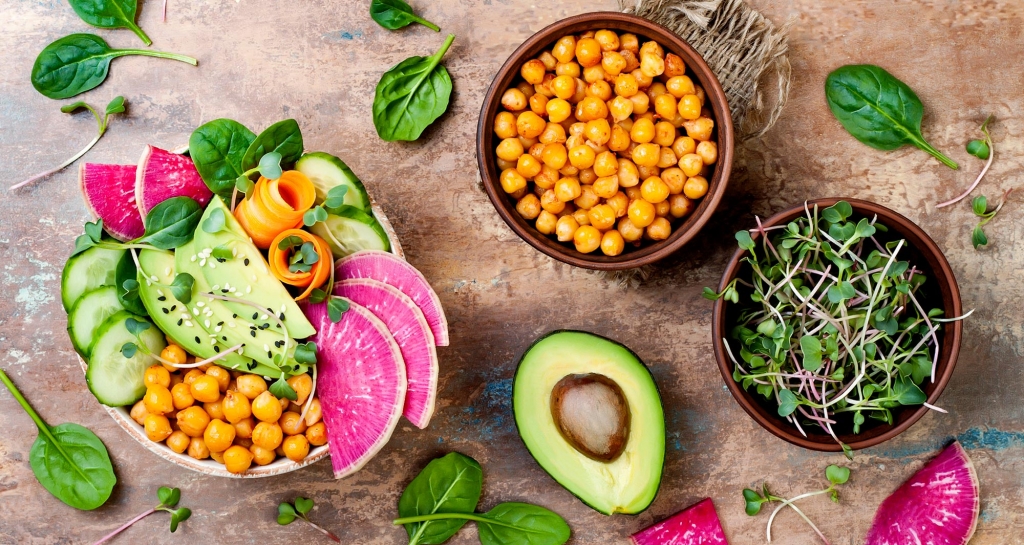All around the world, there is a rise in health consciousness and millions of people are identifying as vegan or vegetarian. According to a study by research firm Mintel, vegan product launches rose by a staggering 175% between 2013 and 2018. International food consultants, Baum and Whiteman, report that even corporations such as Google are encouraging their staff to eat more vegetarian meals. The glaring truth is that restaurants that fail to adapt their menus to accommodate vegans and vegetarians, may lose customers and suffer financially.
Diversify to attract both vegans and non-vegans
Vegetarians may eat meat by-products such as eggs and milk, while vegans don’t eat any meat products at all. However, non-meat dishes are not for the sole consumption of vegetarians and vegans. Some people may choose to order vegetable-only meals at certain times due to religious reasons. Some diets may require people to cut out meat for a certain period of time.
As a lot of people choose to abstain from consuming meat, when planning to eat out as a group, it is more likely that the group will choose a restaurant that offers a wide range of vegan and non-vegan food so as to make sure everyone’s needs are catered for. If your menu doesn’t include a vegan selection, the whole group may choose to dine elsewhere.
It is therefore clear that when you choose to include vegan and vegetarian dishes, you will appeal to a broader client base, you will attract those looking for a non-meat meal as well as anyone looking for diversity.
Spruce up your menu
Creating vegan meals involves more than just removing meat products from your already popular dishes. It means that you have to be creative in how you replace the removed products and come up with original meals, that taste good and appeal to all customers.
Be open and honest about the ingredients you use. Remember that vegans do not eat any meat products, so when providing vegan meals ensure that even basic ingredients such as butter are replaced with vegan butter or vegetable oil.
If you offer coffee, try soy, coconut or almond milk as alternatives for regular milk. Instead of store bought milk alternatives, some restaurants have enjoyed great success in making their nut based milk in-house.
Tofu and Tempeh provide rich sources of protein and can be used in place of meat. In addition, tofu is versatile enough to be used in both sweet and savoury dishes.
In recipes that require eggs, you can make a flax egg from flax seeds and use this as a substitute for regular eggs.
To make the decision-making process easy for your customers, list all the ingredients that you put into each meal, on the menu. This will help customers see clearly which dishes conform to their requirements.
Spread the word
What’s the first thing vegan people do when looking for a place to eat? They either consult friends or search the internet. For the restaurant looking to grow its customer base, you have to give great service in order to get good reviews. It also means you need to have a good SEO strategy to help your site appear in search results, when people are looking for vegan restaurants in your area.
Show off your offering by taking pictures of your vegan dishes and posting them, together with a description of the ingredients used, on your social media channels.
Consider also getting listed on websites that feature vegetarian and vegan restaurants. Vegan customers usually consult these to find the best places to eat.
It is clear that being vegan and vegetarian isn’t a fad. It’s a lifestyle that more people are increasingly choosing, and including vegan dishes in your restaurant will attract a wider range of customers leading to greater profits. So, invest time in diversifying your menu to cater for everyone, including those who are vegan and vegetarian, your restaurant’s survival depends on it.





